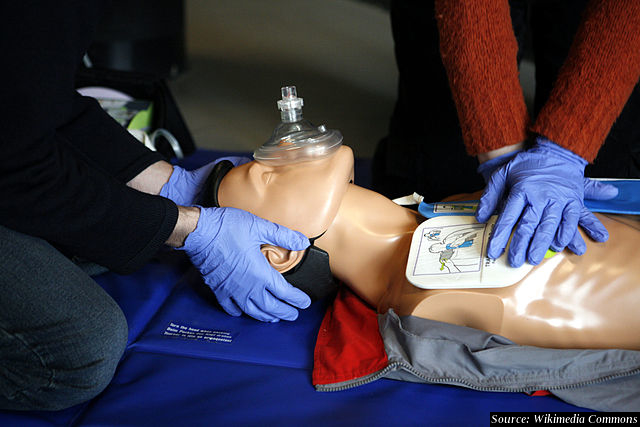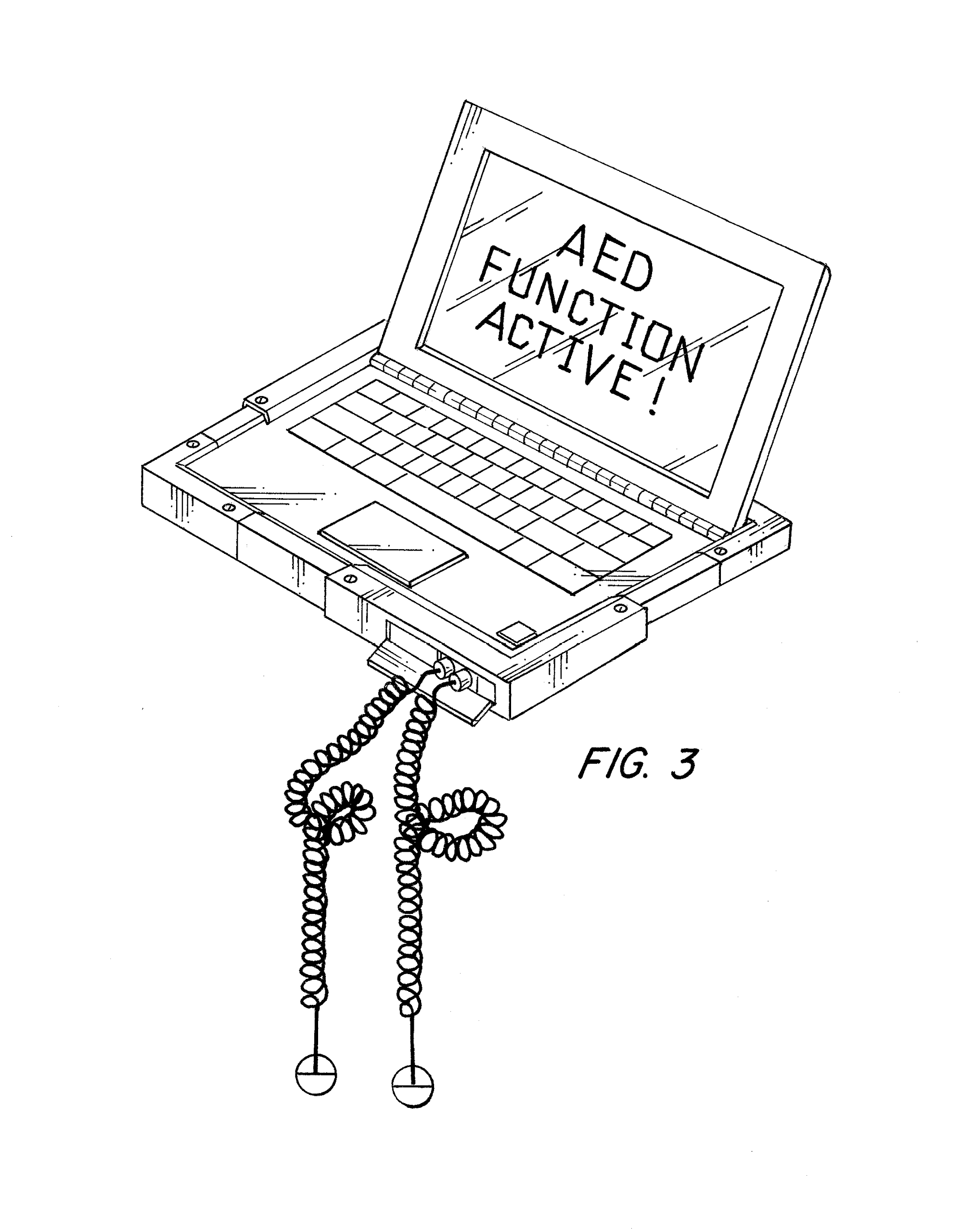| Previous
Page |
PCLinuxOS
Magazine |
PCLinuxOS |
Article List |
Disclaimer |
Next Page |
New Life - Literally - For Old Laptops |
|
by Paul Arnote (parnote) It's no secret that my regular, full-time job is in the medical field. I've worked as a respiratory therapist for 26 years, working with patients suffering from all sorts of respiratory problems. Part of my job is responding to "Code Blues" in the hospital, which is what is called to alert us that a patient needs resuscitation. So, as you might imagine, one aspect of my job is to stay informed and up-to-date on various aspects of my trade. As such, one aspect that I must remain current on is advances in the area of resuscitation. It's indisputable that the availability and use of AEDs -- automated external defibrillators -- save lives in the event of a sudden cardiac arrest occurring outside of the hospital setting. You can often find AEDs in schools, auditoriums, stadiums, restaurants, and other places where the public gathers. In just the U.S., approximately 1,000 people per day experience sudden cardiac arrest. The early use of AEDs can drastically improve survivability, especially in the "out of hospital" cardiac arrest situations. One of the more common causes of sudden cardiac arrest is a condition called ventricular fibrillation. This is where the main pumping chambers of the heart (the ventricles) start to quiver in an uncoordinated rhythm, instead of beating in their usual coordinated rhythm that allows it to pump blood out to the rest of the body. Brain death can start to occur in as little as four to six minutes after the heart has stopped pumping blood. For every minute that goes by until defibrillation, the victim's chance of survival decreases by seven to 10 percent. Getting the heart out of that uncoordinated rhythm of ventricular fibrillation -- defibrillation -- is where an AED excels. The problem is, however, their relatively high cost. Head on over to the AED SuperStore, and you will find that they cost anywhere from around $1,400 to nearly $3,000 (U.S. dollars). Even as good as the devices are, many businesses, schools and communities simply cannot afford them, especially in the current financial climate with their strapped budgets. Wouldn't it be nice if there were a way to recycle or reuse old laptops and tablets as AEDs? That is exactly the goal of one U.S. company, Florida-based Babric Life Science Innovations. They envision a universal adjustable frame containing the AED elements to adapt old laptops and tablets to affordable AEDs. They call their device Com-To-Life. (The previous link takes you to the patent information on Google Patents.)
One of the reasons for the high cost of new AEDs is the rigorous bench testing that the companies have to do on each device before it leaves their factory. Couple that with the enormous pile of FDA regulations that each device must meet or surpass, and it's easy to see why these devices cost so much. The Com-To-Life device is still in the early stages, and a prototype is currently being built. The device will still have to survive enormous regulatory hurdles before ever seeing the light of day in the marketplace. There is no word about what operating system the laptops or tablets might run, but it certainly sounds like a use that's tailor made for Linux. Using Linux would not only help keep the cost down, but it would also be the most reliable and secure solution. Additionally, this endeavor sounds like a great plan to breathe new life -- literally -- into old laptops, keeping them out of landfills. This is something that Linux has done for years, by breathing new life into older computers, albeit with a different goal in mind. Instead, it would keep them in productive use, saving lives.  AED technology continues to grow and advance, and it is interesting to watch this burgeoning technology blossom before our very eyes. However, in the absence of an AED, performing proper CPR is the key to surviving an out-of-hospital sudden cardiac arrest. If you have not been trained in bystander CPR, you should seriously consider taking the course. The life you save could be that of a complete stranger, or the life of a loved one. Some information for this article came from MedPage Today, and the Sudden Cardiac Arrest Foundation. |



